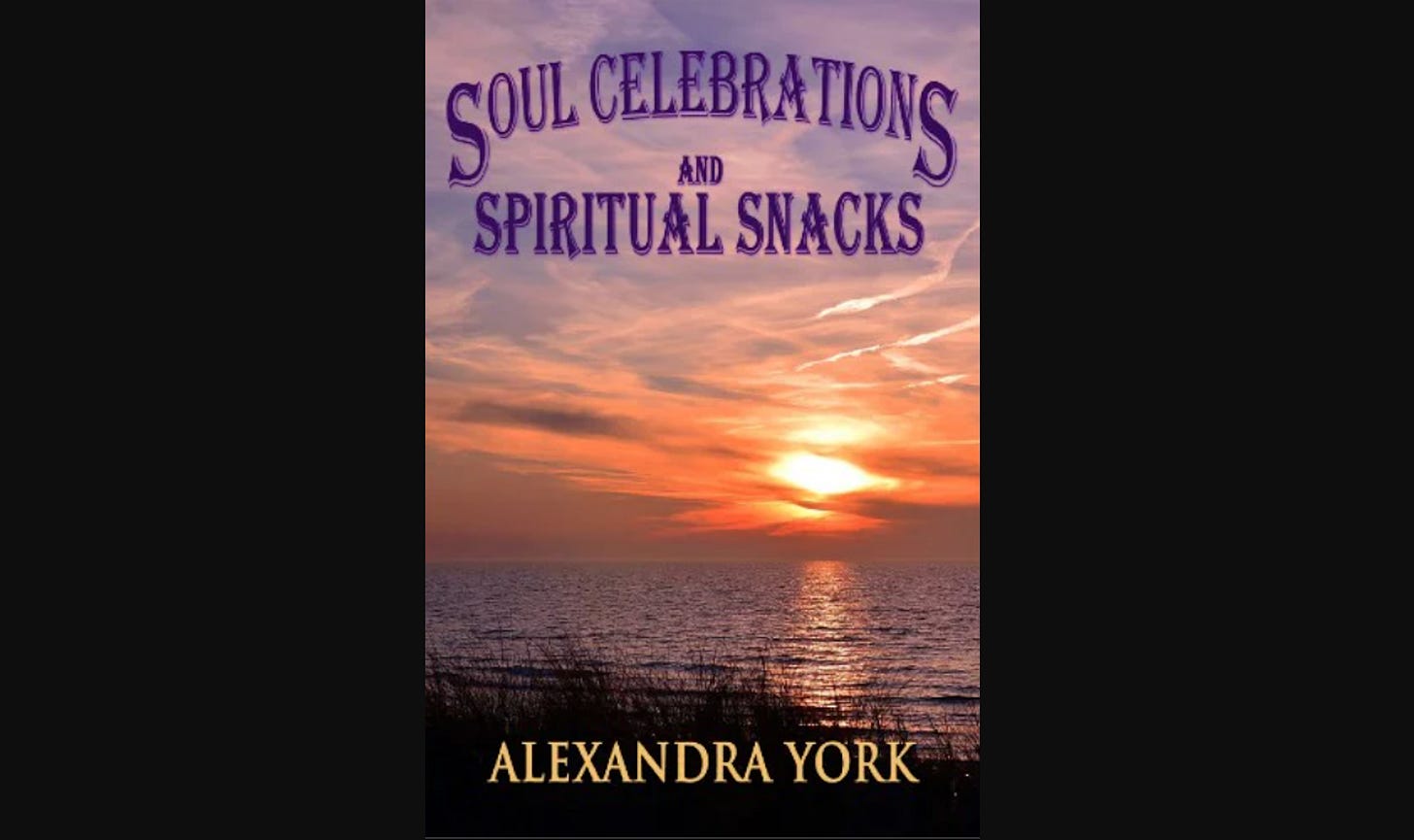Hertford, NC: Crossroad Press, 2019
162 pp. $21.45 (hardcover)
In the introduction to the twenty-fifth-anniversary edition of The Fountainhead, Ayn Rand wrote of man worship and the joy of realizing one’s potential, saying:
It is an emotion that a few . . . men experience consistently; some men experience it in rare single sparks that flash and die without…
Keep reading with a 7-day free trial
Subscribe to The Objective Standard to keep reading this post and get 7 days of free access to the full post archives.


